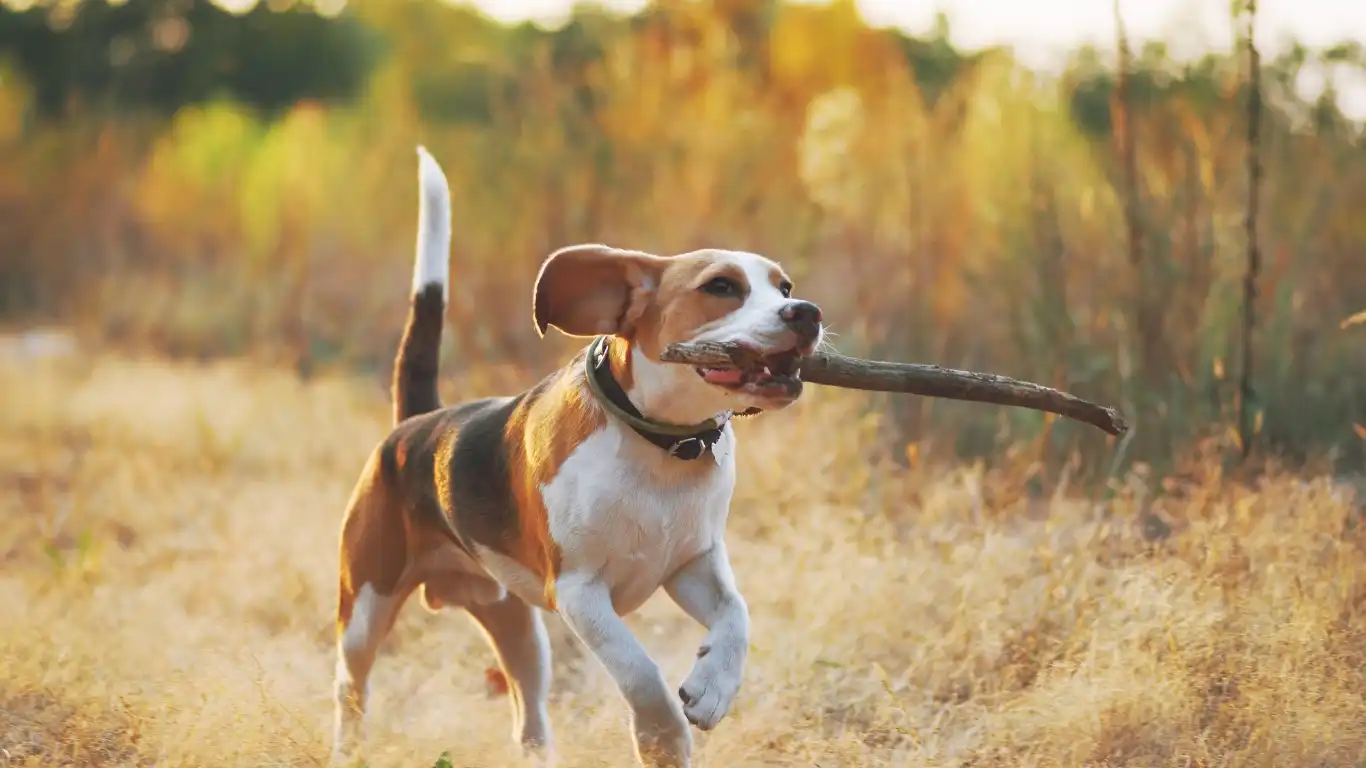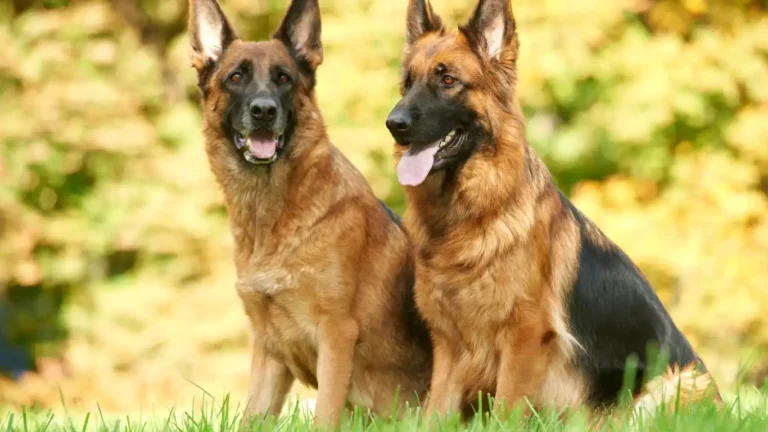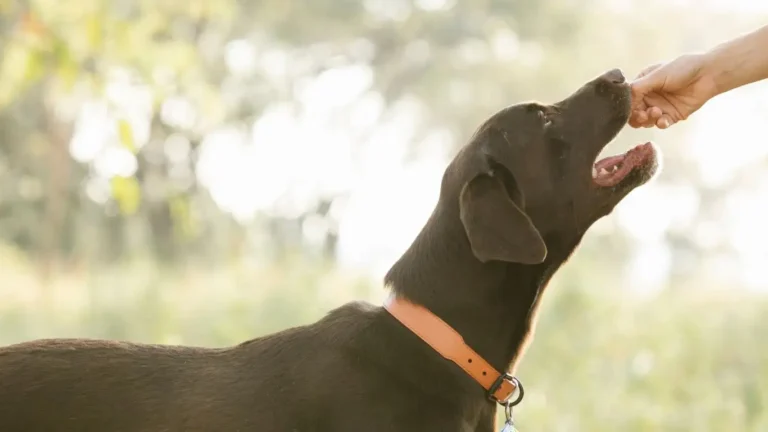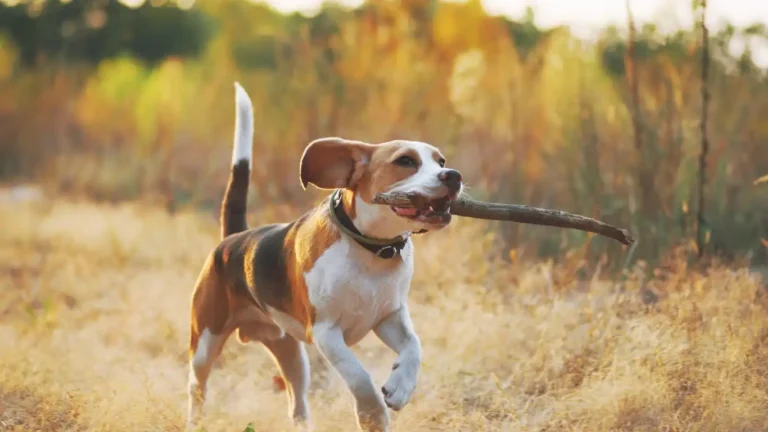How to Monitor a Dog’s Weight Effectively: Proven Tips That Actually Work
Let’s face it—figuring out how to monitor a dog’s weight effectively isn’t always as simple as tossing your pup on a scale and calling it a day. I’ve been a Veterinary Technician and Nutrition Specialist for years, and even I’ve seen pet parents scratch their heads trying to get it right. Whether you’ve got a pudgy Pug or a lean-legged Lab, keeping tabs on your dog’s weight is one of the most underrated things you can do to keep them healthy, happy, and bouncing around for years to come.
Why Monitoring Your Dog’s Weight Actually Matters
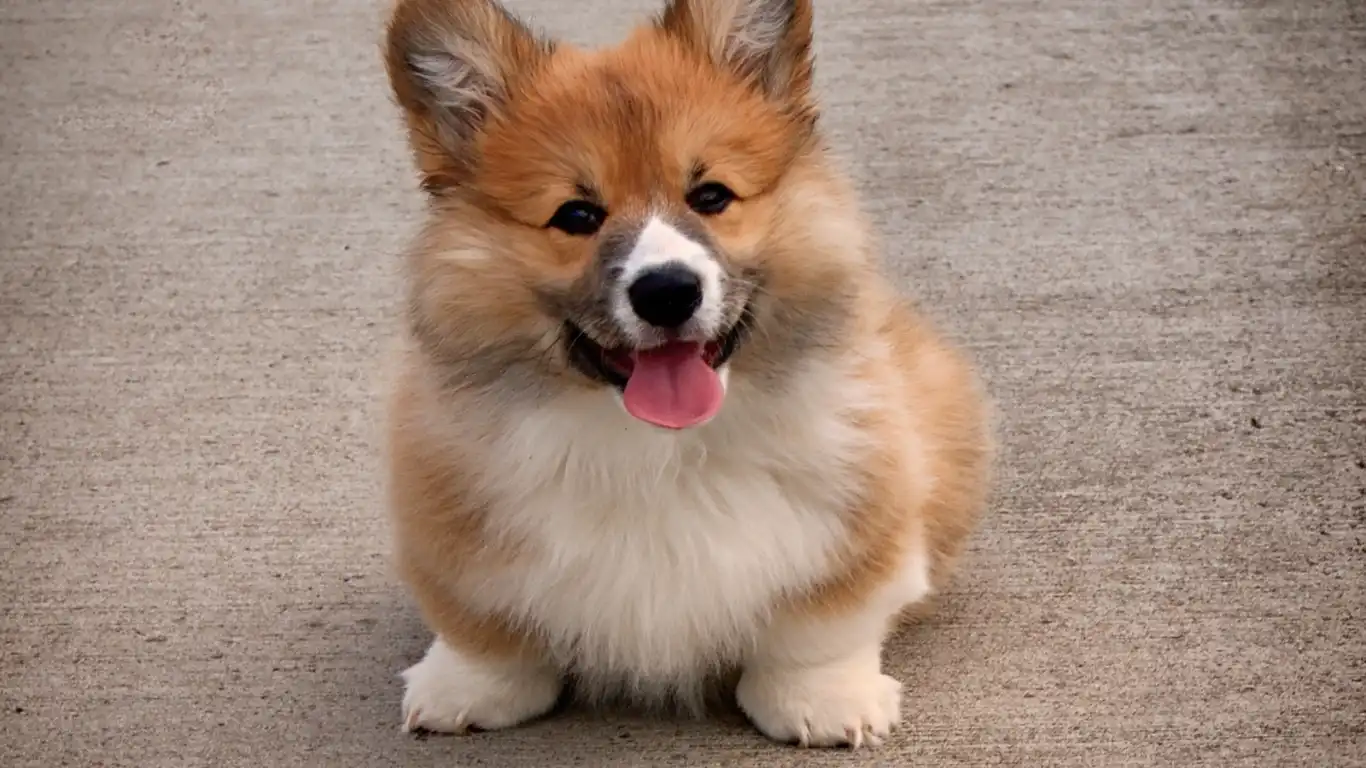
I’ll tell you straight up—weight issues in dogs aren’t just about how they look. It’s about what’s going on inside. Extra pounds can mess with your pup’s joints, heart, liver—you name it. I’ve seen cases where weight loss alone completely changed a dog’s energy level and mood. You’d be surprised how many chronic issues get better just by getting that scale to move in the right direction.
But here’s the kicker: many pet parents don’t realize their dog is overweight until it’s become a problem. You’re with them every day, and the changes are subtle. That’s why keeping an eye on things regularly is so important.
Common Health Risks of Unmonitored Weight
- Arthritis: More weight = more strain on joints
- Heart Disease: Obesity can increase cardiac stress
- Diabetes: Yep, dogs can get it too
- Respiratory Problems: Harder for them to breathe when overweight
- Shorter Lifespan: Unfortunately, heavier dogs statistically live shorter lives
Getting Started: Know Your Dog’s Ideal Weight
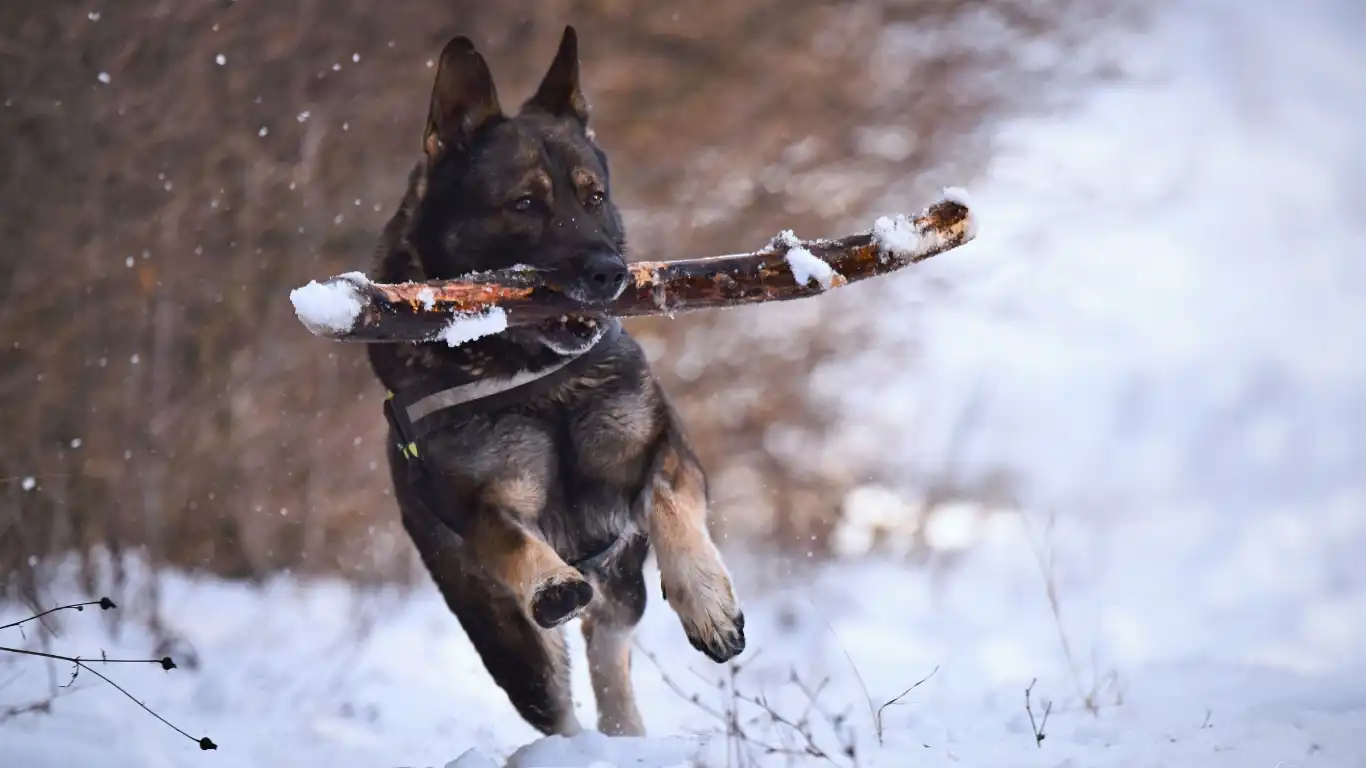
Okay, so how do you know if your dog is at a healthy weight? Great question. Here’s a little secret from the vet world: scales aren’t the only tool we use. In fact, the Body Condition Score (BCS) is often more helpful.
What’s a Body Condition Score?
Think of BCS like a 1 to 9 rating system. 1 is emaciated, 9 is obese, and a solid 4-5 is where most healthy adult dogs should be. You’re looking for:
- Ribs that are easy to feel but not sticking out
- A visible waist when viewed from above
- A tummy tuck (upward slope) when viewed from the side
Try this at home—run your hands along your dog’s sides. If you can feel ribs without pressing hard, you’re likely in a good spot. If you’ve got to dig, it might be time to reevaluate.
Breed & Size Matter
I can’t stress this enough: every breed has a different healthy range. A healthy weight for a Greyhound looks wildly different than a healthy weight for a Frenchie. Working with your vet—or someone like me who’s nutrition-focused—helps you pinpoint the right target for your individual dog.
Simple Tools to Track Your Dog’s Weight at Home
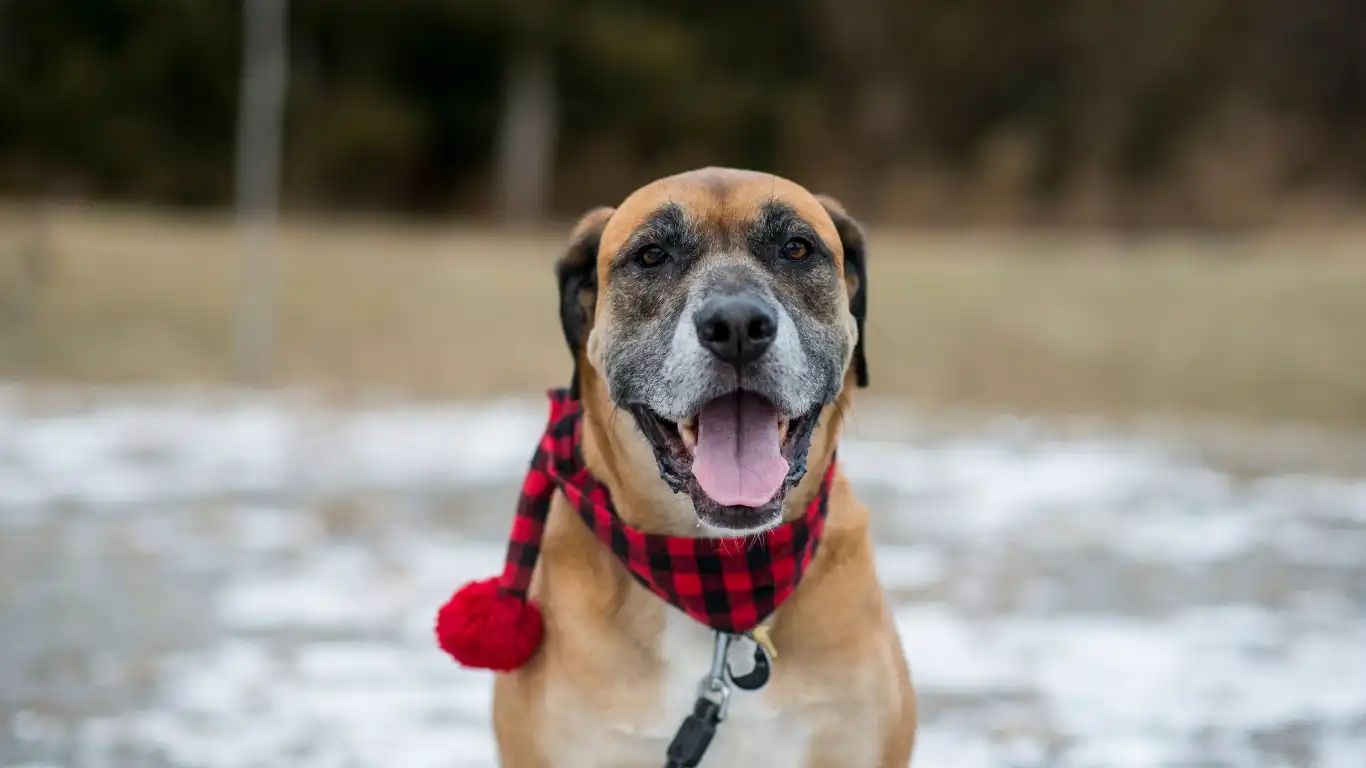
Yes, you can absolutely track weight at home. And no, you don’t need a fancy pet scale (though those are cool if you’re into gadgets).
Weigh-In Tips That Work
- Pick the same day each week: I usually tell folks to choose Sunday mornings—easy to remember and consistent
- Use your bathroom scale: Weigh yourself, then weigh yourself holding your pup, and subtract the difference
- Write it down: Keep a notebook, spreadsheet, or even use an app like PetDesk or FitBark
And let’s be honest, if you’ve got a 90-pound Mastiff, lifting them onto a bathroom scale isn’t exactly practical. In that case, a trip to the vet every few weeks for a weight check is totally worth it—plus, it helps keep your vet in the loop on your dog’s health status.
Don’t Rely on Just the Number
This is one of those things I remind clients of constantly: weight is just one metric. If your dog is gaining muscle from regular activity, that number might not budge—but their health is still improving. Always pair weight tracking with visual assessments and behavior changes. Are they more energetic? Sleeping better? Less out of breath on walks? All that matters just as much.
When You Should Worry (And When You Shouldn’t)
If your dog gains or loses more than 5-10% of their body weight in a short amount of time, that’s your red flag. Sudden changes—especially if you haven’t altered food or exercise—warrant a chat with your vet. I’ve seen weight loss signal everything from parasites to cancer. Not to scare you, but staying proactive is key.
On the flip side, don’t freak out over minor weekly fluctuations. Just like humans, dogs can retain water, or have changes due to diet, stress, or even the weather. You’re looking for long-term trends, not perfection week to week.
How to Create a Weight Monitoring Routine That Actually Sticks
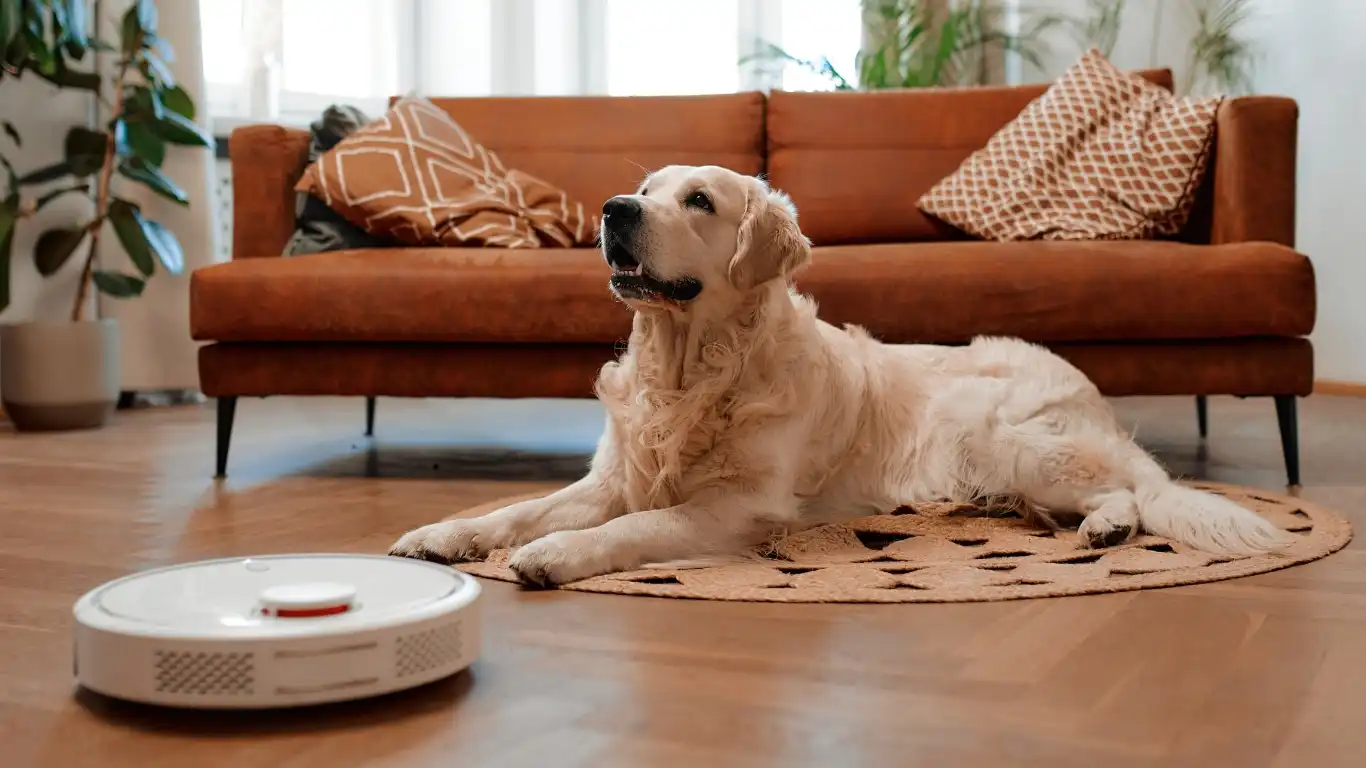
Alright, so we’ve talked about the why and the what—now let’s dive into the how. Because let’s be honest, the biggest hurdle for most pet parents is consistency. Monitoring your dog’s weight effectively isn’t a one-and-done deal. It’s a habit, just like brushing your dog’s teeth (which I know some of y’all are still avoiding… no judgment).
Back when I was working full-time at a vet clinic, I used to help clients set up super simple routines—nothing fancy, just stuff they’d actually stick to. Here’s what usually worked best:
Step 1: Pick Your Tools
You don’t need a million gadgets. Here’s what I recommend:
- Notebook or whiteboard: Stick it on your fridge if you’re old school like me
- Pet-specific app: FitBark, Pawtrack, or even a notes app works
- Monthly photo log: Snap a side-view photo of your dog once a month—trust me, it helps
The idea is to make it visual. I had one client who made a sticker chart for her Dachshund, like she was in kindergarten again. It worked, though—she never missed a weigh-in!
Step 2: Schedule Your Weigh-Ins
This is huge. Tie it to something you already do—like your Sunday grocery run or Saturday morning coffee. Same time, same day, every week or two. That way, it becomes second nature.
Step 3: Celebrate Small Wins
Dogs may not understand progress charts, but they feel your energy. If they drop a pound or stay stable when needed, make a big deal out of it. Use that high-pitched praise voice we all have (yes, you know the one), and maybe toss in a belly rub or a game of fetch as a reward.
Feeding Habits That Support Healthy Weight Maintenance

Now, let’s talk chow. I could go on for days about dog nutrition (seriously, I geek out hard over it), but here’s the short and sweet version: what you feed and how much you feed are just as important as tracking the weight itself.
Portion Control is Everything
I know, I know—those puppy eyes are lethal. But overfeeding—even by a little—adds up fast. One of the biggest mistakes I see? People go by the bag instructions, which are often too generous. Instead, ask your vet or a certified pet nutritionist (hey, that’s me!) to calculate your dog’s actual caloric needs based on their ideal weight, age, and activity level.
Pro tip: Always measure your dog’s food with an actual measuring cup. “Eyeballing it” is how chonky dogs happen, trust me.
Go Easy on the Treats
And yeah, I’m gonna call you out here—treats count. A few extras a day can throw everything off. Here’s what I suggest:
- Keep treats to 10% or less of their daily calorie intake
- Use low-cal options like baby carrots, green beans, or ice cubes
- Break larger treats into small bits (your dog won’t know the difference)
And yes, training treats are still okay—just make sure to adjust meal portions to compensate.
Incorporating Exercise Into Weight Management

Food is only one half of the equation—movement is the other. And no, it doesn’t have to be intense or complicated. You’re not training for a triathlon, you’re just trying to get those paws moving a little more.
Start Where You’re At
If your dog hasn’t been active in a while, don’t jump into 5-mile runs. Start with short walks. I usually suggest:
- 10-15 minute walks twice a day to start
- Let them sniff—it’s mental enrichment too
- Add 5 minutes each week as they build stamina
I had a Beagle patient named Ollie who used to waddle more than walk. We started with driveway laps and worked up to full-on nature hikes. Patience and routine were key!
Fun Ways to Get Them Moving
- Fetch and tug-of-war: Great cardio and bonding time
- Puzzle toys: Burns mental energy and slows down food consumption
- Agility games: Even in your backyard, basic jumps or weaving poles can be fun
And let’s be real—when your dog gets moving, you do too. It’s a win-win.
What to Do If Your Dog’s Weight Isn’t Changing
So you’ve been tracking, measuring, walking, and… nada. Weight’s stuck. First off, don’t panic. Plateaus happen, and sometimes they’re a sign that your dog’s metabolism is adjusting.
Here’s What I Usually Check:
- Treat creep: Are other family members sneaking snacks behind your back?
- Activity levels: Has the routine actually slipped a bit?
- Underlying medical conditions: Thyroid issues, Cushing’s, or even arthritis can slow progress
If nothing’s budging after 3-4 weeks, it’s time to loop your vet in. I always recommend a full exam and maybe some bloodwork if there’s no obvious explanation.
Also—don’t underestimate the power of a slightly adjusted feeding plan. Cutting back just 10% or swapping to a lower-calorie formula can be a game changer. I’ve done this with dozens of clients, and even that tiny tweak can jump-start progress again.
When to Involve a Veterinary Nutritionist
This is where I step in sometimes. If your dog has complex dietary needs—like allergies, GI issues, kidney disease, or obesity that just won’t budge—it’s smart to get a vet nutritionist involved. We can custom-tailor a plan with the right balance of nutrients, calories, and enrichment that fits your dog’s lifestyle and medical needs.
I’ve worked with cases where the dog wasn’t just overweight—they were overweight and allergic to chicken, had chronic pancreatitis, and hated veggies. (Yes, that’s a real dog I helped. His name was Max, and he eventually learned to love zucchini. We were all shocked.)
How Lifestyle & Environment Play a Role in Your Dog’s Weight

So far, we’ve focused mostly on food, movement, and routine—but there’s another sneaky factor a lot of folks don’t think about: your dog’s day-to-day environment. I’ve seen firsthand how lifestyle changes—like moving to a smaller space or having a new baby in the house—can impact a dog’s activity levels and eating habits. And yes, just like us, dogs can be emotional eaters too (I’ve watched my own pup stress-eat during a thunderstorm).
Indoor vs. Outdoor Time
Dogs stuck inside most of the day are more prone to weight gain, especially if they’re not getting structured play. Try to add in short bursts of movement—toss a toy down the hallway, play hide-and-seek with treats, or teach a new trick every week. It keeps them engaged, both physically and mentally.
Changes in Household Dynamics
New pet? New partner? New baby? All of these can throw your dog’s routine out of whack. I worked with a client whose Labrador started gaining weight rapidly after a new puppy joined the family. Turned out the older dog was stress-eating and not getting enough individual attention. A little one-on-one playtime and some puzzle feeders helped turn things around.
Age and Breed: Important Factors in Long-Term Weight Monitoring
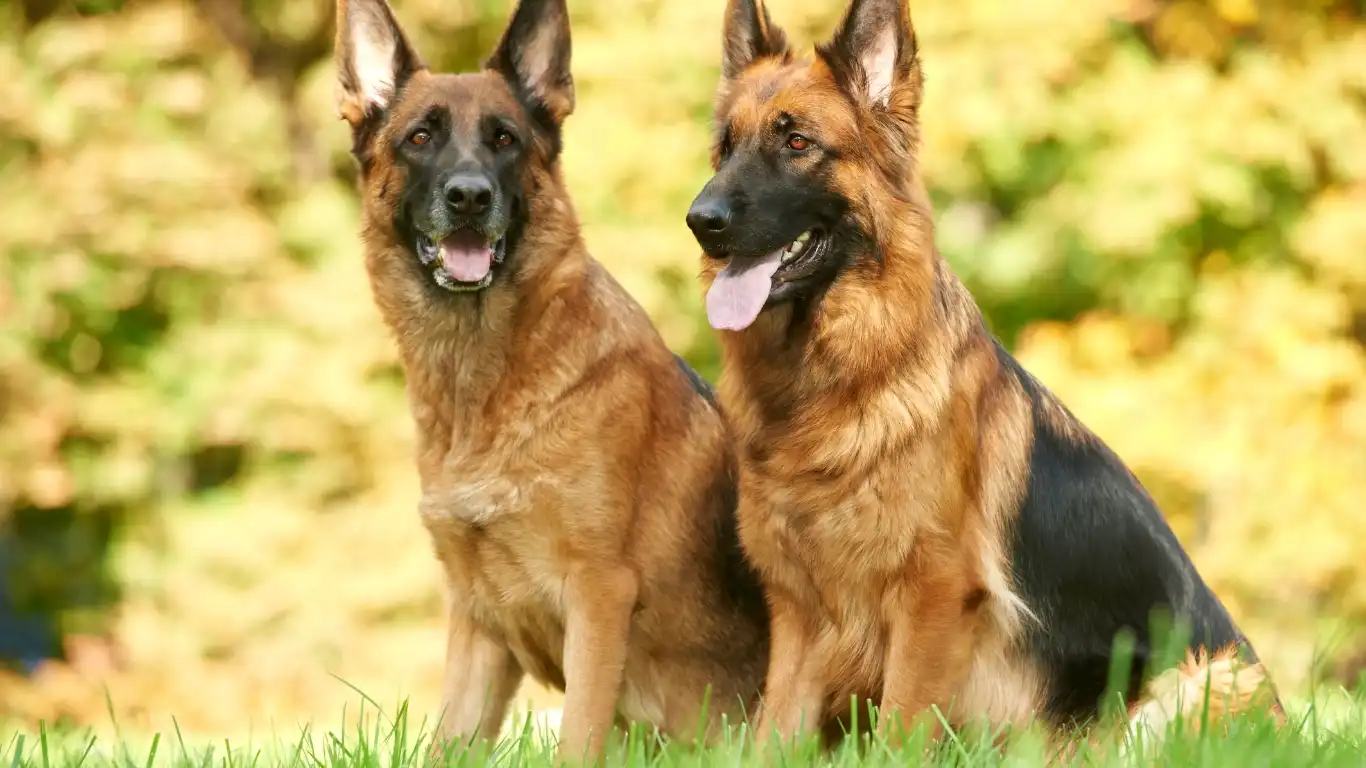
Not all dogs gain—or lose—weight the same way. As they age, everything slows down. Metabolism dips, mobility can become limited, and muscle mass starts to fade. I’ve had so many senior dogs come in where the weight wasn’t the issue, but where the weight was distributed told me something wasn’t right.
Weight Fluctuations in Senior Dogs
Older dogs may lose weight due to dental problems, kidney issues, or cancer—but they can also gain weight simply because they’re not as active. Either way, it’s worth watching more closely as your pup enters their golden years.
Here are a few adjustments I recommend for senior pups:
- Switch to senior-specific diets that support joint health and lower calories
- Use ramps or stairs to encourage gentle movement without stress
- Include supplements (with vet approval) like glucosamine or fish oil for joint support
Breed also matters more than people think. A Chihuahua’s metabolism is vastly different from a Husky’s. Even among the same weight class, some breeds are just genetically predisposed to gain (looking at you, Golden Retrievers and Beagles).
Staying Accountable with Your Vet Team
This one might sound obvious, but hear me out—don’t skip those wellness visits. I can’t tell you how many weight issues we catch during a “routine checkup.” Plus, your vet team (including folks like me) can give you fresh eyes on your dog’s progress. We know what to look for—and what might be getting missed.
When to Ask for a Nutritional Consult
If your dog’s been on a weight journey for more than 3 months without clear progress, it’s a good time to bring in a pro. Look for a vet who’s certified in pet nutrition, or a board-certified veterinary nutritionist. They can formulate precise plans based on evidence-based science—not trends or social media hacks.
In my own consultations, I’ve helped clients balance weight goals with issues like pancreatitis, food sensitivities, and even post-surgical recovery. It’s all about that individualized approach.
Mindset Matters: Your Dog Feeds Off Your Energy
Sounds cheesy, but it’s true—your dog is tuned into you more than you realize. If you’re stressed or inconsistent, your pup picks up on it. The more you treat weight management as just another loving part of daily care—like walks or belly rubs—the easier it becomes for both of you.
Consistency Over Perfection
Trust me, there will be off days. There will be holidays and missed walks and snack sneaks from Grandma. That’s life. The trick is to not let one bad week turn into a bad month. Just pick it up where you left off and keep it moving.
Some of my favorite clients were the ones who didn’t aim for perfection—they just showed up, paid attention, and kept trying. And those dogs? They lived longer, moved better, and were just… happier.
Final Thoughts: Keep It Real, Keep It Simple
If there’s one thing I hope you take away from all this, it’s that learning how to monitor a dog’s weight effectively doesn’t have to be overwhelming. It’s not about getting it perfect—it’s about showing up, paying attention, and adjusting as you go.
Whether your dog is just a few pounds over or managing a serious weight-related health issue, the most powerful thing you can do is stay involved. Track it, tweak it, and team up with your vet. It’s all part of the care your dog deserves.
References
Disclaimer
This article is for informational purposes only and does not replace professional veterinary advice, diagnosis, or treatment. Always consult your veterinarian or a qualified animal health professional before making any major changes to your dog’s diet or exercise routine.
